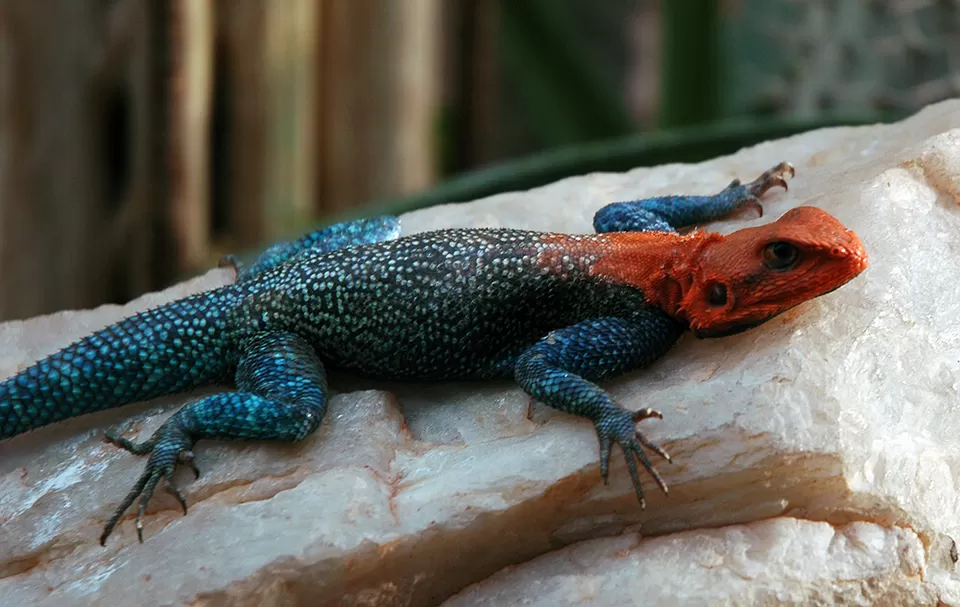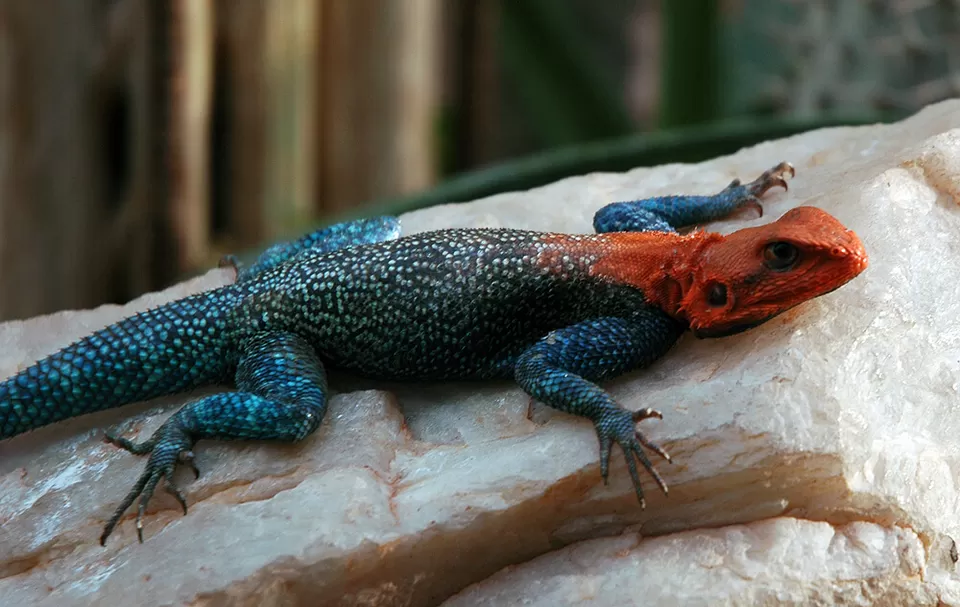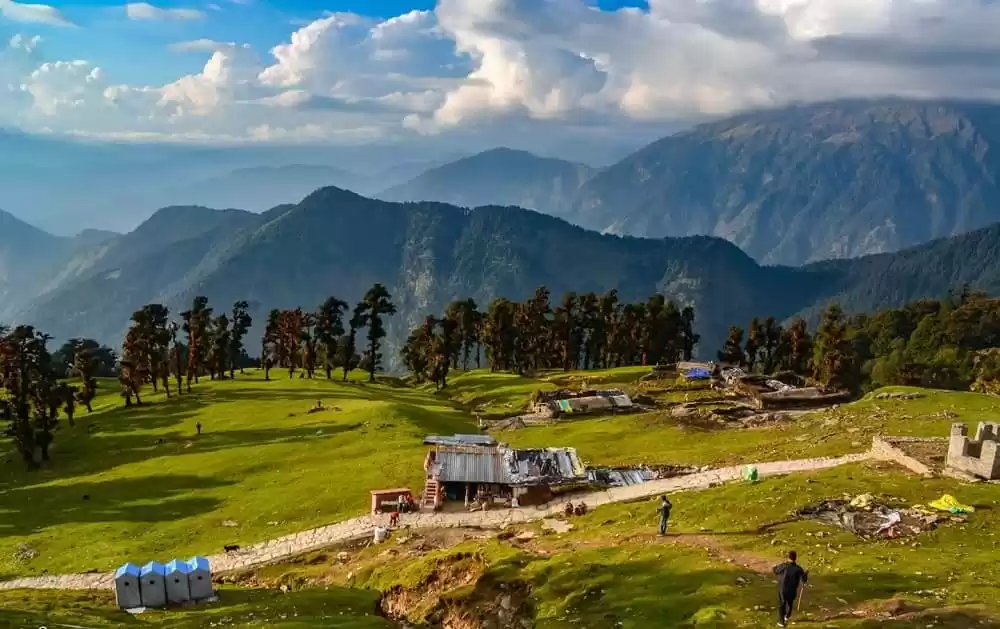
Travelers who love wildlife often dream of seeing rare and unique animals in their natural environments. For those fascinated by reptiles, especially lizards, eco-tourism offers a special chance to observe these creatures where they truly belong. Around the world, there are several destinations where endemic lizard species—those found nowhere else—can be seen up close, all while supporting conservation and local communities. Here’s a guide to some of the best eco-tourism spots for lizard lovers.

Galápagos Islands, Ecuador
The Galápagos Islands are famous for their incredible biodiversity, and lizards are no exception. The islands are home to several species of lava lizards, each adapted to a different island. These small, colorful reptiles are easy to spot as they bask on rocks or dart through the undergrowth. The Galápagos are also home to the world’s only marine iguanas, which swim in the ocean and feed on algae. Visitors can join guided tours to explore the islands, learn about the unique wildlife, and see how each species has evolved to fit its environment. Eco-tourism here helps fund conservation programs that keep these habitats safe for future generations.
Komodo National Park, Indonesia
If you want to see the world’s largest lizard, the Komodo dragon, there’s only one place to go: Komodo National Park. These giant reptiles, which can grow up to three meters long, roam freely on the islands of Komodo, Rinca, and Padar. The park’s dry savannahs and rugged hills offer a dramatic backdrop for wildlife encounters. Guided tours with local rangers keep both visitors and animals safe, and your entry fees support the park’s conservation efforts. Seeing a Komodo dragon in the wild is an unforgettable experience that also helps protect this ancient species from threats like habitat loss and poaching.
Madagascar
Madagascar is a hotspot for biodiversity, with many species found nowhere else. The island’s rainforests are home to a dazzling array of chameleons, including some of the smallest and largest in the world. Eco-tours in Madagascar often focus on exploring the lush forests, where visitors can spot chameleons blending into the leaves, changing colors, and even catching insects with their long tongues. Responsible tourism here supports local guides and conservation projects that aim to protect Madagascar’s unique habitats from deforestation.
Cat Tien National Park, Vietnam
Cat Tien National Park is a treasure for reptile enthusiasts. The park’s varied landscapes—rainforests, wetlands, rivers, and grasslands—support a wide range of lizard species, including the Cattien Bent-toed Gecko. Herpetology tours, which focus on reptiles and amphibians, are popular here. During the dry season, lizards are especially active, basking in the sun along riverbanks and forest trails. Eco-tourism in Cat Tien helps fund anti-poaching patrols and habitat restoration, making each visit a step toward protecting these rare species.
Australian Outback
Australia’s deserts and scrublands are home to some of the world’s most distinctive lizards. The thorny devil, with its spiky armor, is a highlight for many visitors. These lizards are perfectly adapted to the harsh, dry climate and are often seen crossing the red sands. Guided tours in the Outback teach visitors about the delicate balance of these ecosystems and the importance of keeping them free from invasive species and habitat destruction.
Canary Islands, Spain
The Canary Islands are home to the giant lizard of La Gomera, a species once thought extinct. Thanks to conservation efforts, their numbers are slowly recovering. Eco-tourists can visit special reserves where these lizards live, learning about the challenges they face and the work being done to protect them. Supporting these projects through tourism is vital for the survival of such rare species.
Sri Lanka and Borneo
Sri Lanka’s forests are rich with reptiles, including the rare horned lizard, while Borneo’s rainforests are home to the flying dragon, a lizard that glides from tree to tree. Both destinations offer eco-tours that focus on wildlife observation and education, helping travelers understand the importance of protecting these habitats for future generations.
USA: Channel Islands and Sonoran Desert
In the United States, the Channel Islands off California are the only place to see the island night lizard, a secretive reptile that lives among rocks and dense vegetation. The Sonoran Desert is home to the Gila monster, one of the few venomous lizards in the world. Both habitats are protected by national parks, where eco-tourism supports ongoing research and conservation.
Tips for Responsible Lizard Watching
1. Always follow local guidelines and respect wildlife.
2. Choose eco-tours that support conservation and local communities.
3. Avoid using products like lizard repellent spray in natural habitats, as these can harm not only lizards but also other wildlife and plants.
Exploring these eco-tourism destinations offers more than just a chance to see rare lizards. It’s an opportunity to connect with nature, support conservation, and make a positive impact on the world’s most fragile ecosystems. Whether you’re an experienced herpetologist or a curious traveler, these locations promise adventure, discovery, and the thrill of seeing some of Earth’s most remarkable reptiles in the wild.














